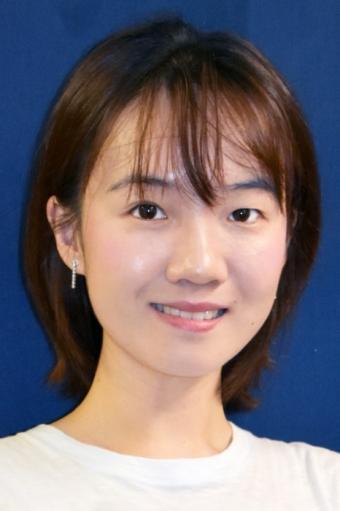By Sherry DiBari
Yuan Zhang's research, recently published in Nature Chemistry journal, is no small feat.
In fact, it is miniscule, considering that one nanometer (nm) is about the size of 1/100,000 of a millimeter.
Zhang, assistant professor of physics at Old Dominion University, was part of a joint effort between chemists and physicists to publish "Intra- and intermolecular self-assembly of a 20-nm-wide supramolecular hexagonal grid."
Zhang, a corresponding author, explained that in nanotechnology and quantum information science, there is a need to design and build complicated molecular systems from the ground up.
"This construction requires engineering the chemistry of the molecular system with atomic-level accuracy and flexibility," she said.
Efforts are made to design and construct well-defined synthetic molecular systems to use in a scanning tunneling microscope (STM) to manipulate the product at an atomic level.
STM, a technique that allows one to see materials down to the level of individual atoms, "works as a nanofinger to detect and make operations on atomic and molecular properties," Zhang said.
The technique enables researchers to visualize each individual molecule isomer and detect their electrical and magnetic properties.
"It also allows us to probe the molecules' characteristic and find their unique properties," Zhang said.
The big breakthrough of this work is that the barrier is removed between gigantic chemical products created in a lab and their characterization at single molecule level.
Zhang, who has worked with STM for 11 years, received her doctorate in physics from Ohio University and held a postdoctoral appointment at Argonne National Laboratory from 2015 to 2019.







